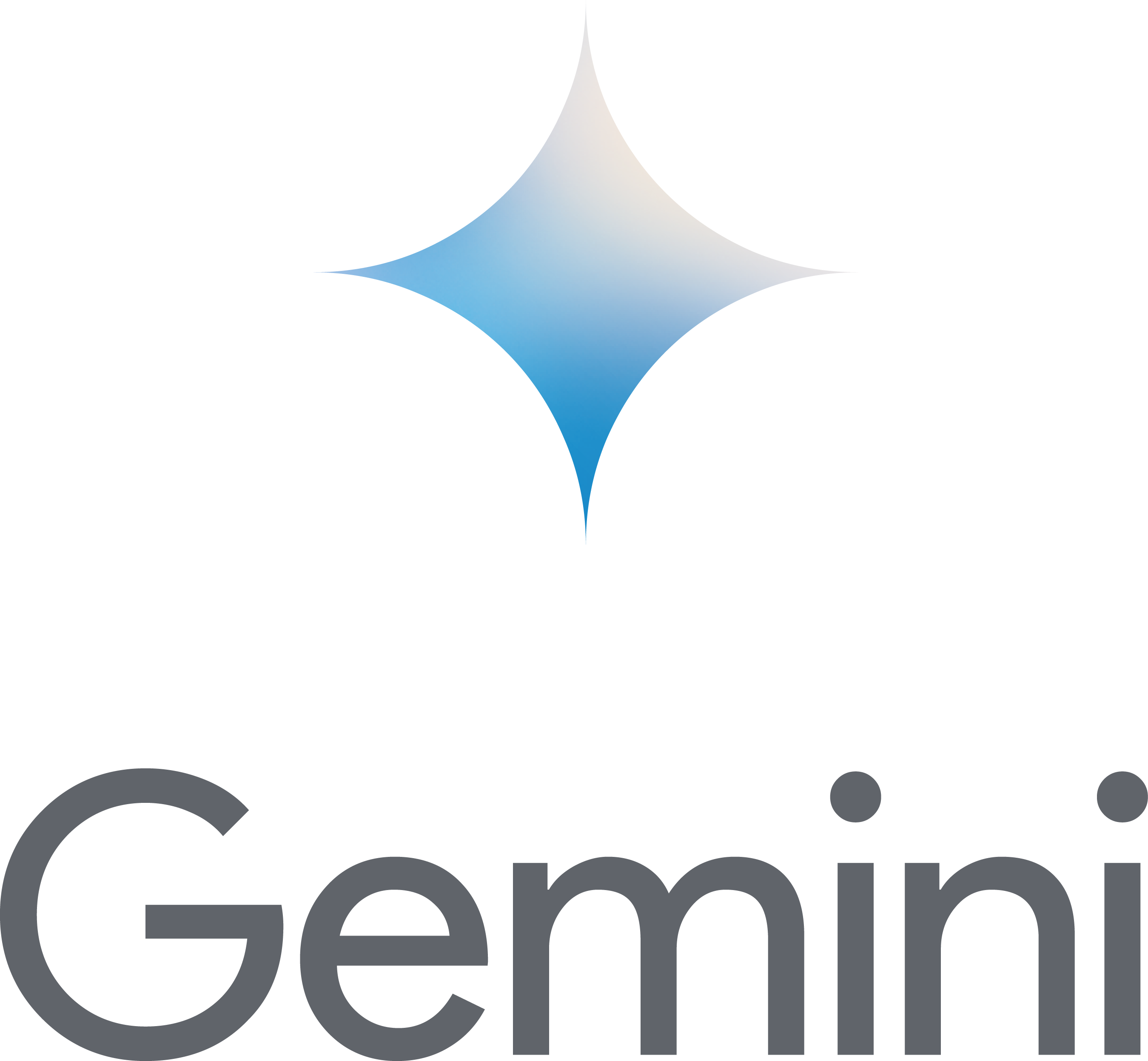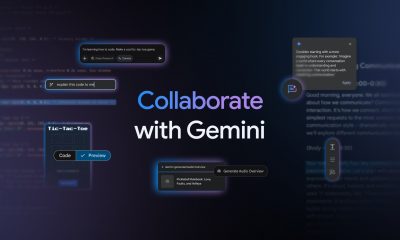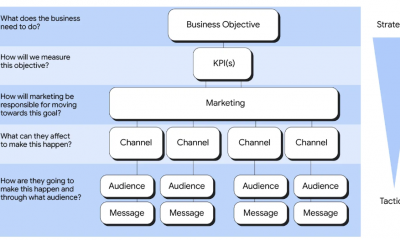Technology
15 Exciting Highlights from Google I/O 2023

At the annual Google I/O developer conference, a wide array of cutting-edge technologies and updates were showcased, all aimed at enhancing user experiences across various platforms. Google emphasised its commitment to improving search experiences and ensuring user safety by introducing new generative AI capabilities for search and implementing advanced tools for online protection.
Significant updates were also announced for Android, Pixel devices, and Google Photos. A standout moment of the conference was the unveiling of PaLM 2, Google’s latest generative language model. This breakthrough model surpasses previous language models in areas such as maths, coding, reasoning, multilingual translation, and natural language generation.
In addition to these advancements, Google reiterated its commitment to responsible AI, striving to address pressing societal challenges like climate change and flood forecasting while maintaining ethical AI practices.
Here are the 15 significant announcements made at Google IO that we thought would be of interest to you:
-
PaLM 2, next generation language model: Google has unveiled PaLM 2, a next-generation language model designed to improve language translation, reasoning, and coding capabilities. The model is more heavily trained on multilingual text, demonstrating advanced proficiency in logic, common sense reasoning, and mathematics. Additionally, PaLM 2 was pre-trained on publicly available source code datasets, making it more efficient and faster than previous models. PaLM 2 will be available in four sizes, from smallest to largest: Gecko, Otter, Bison, and Unicorn, making it versatile for a range of use cases. The model is set to power 25 new Google products and features, including Bard and Med-PaLM 2, a medical competency model that can answer questions and summarise insights from dense medical texts. Learn more about PaLM 2 here.
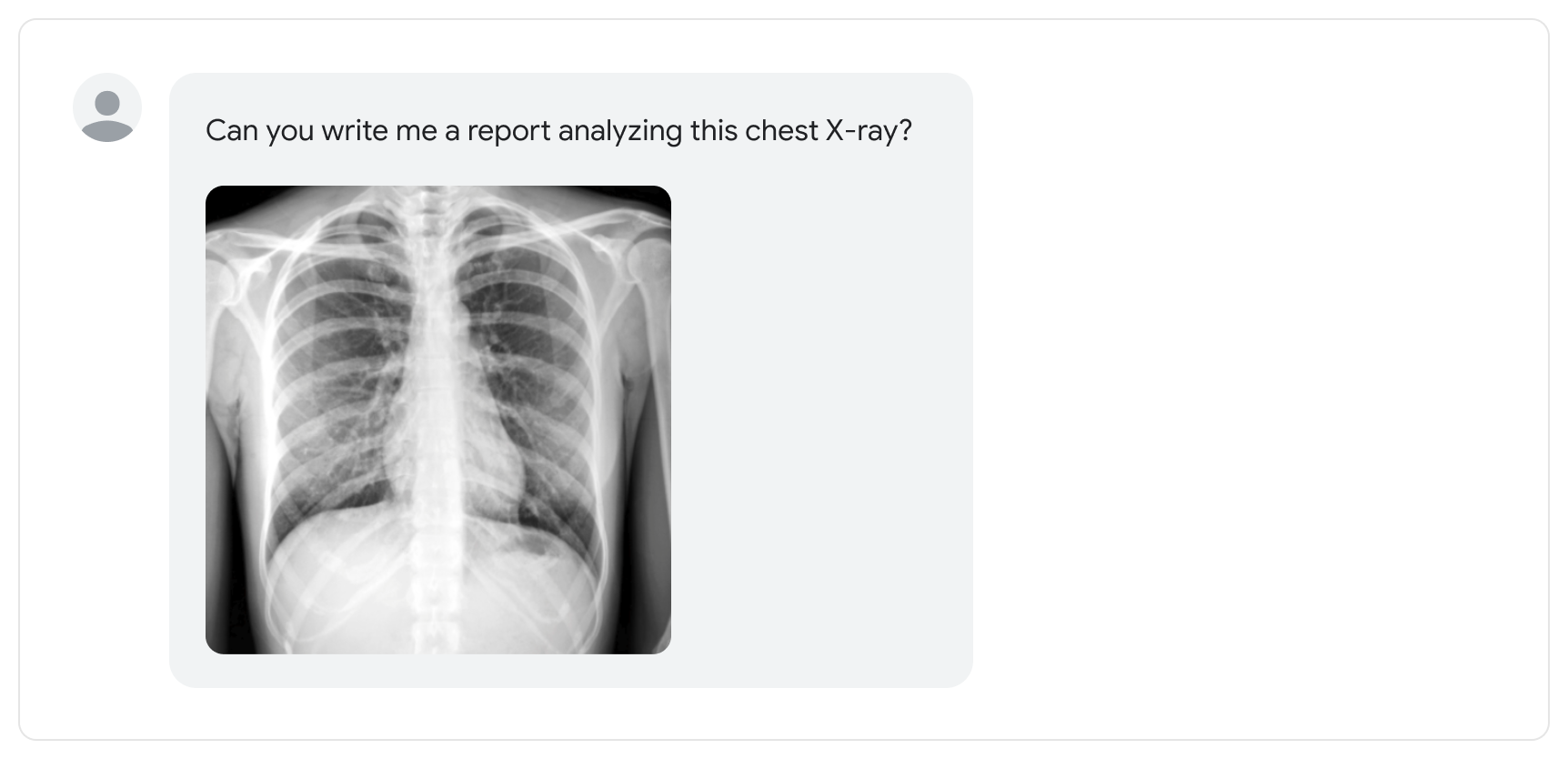
-
Expansion of Bard: The waitlist has now been removed, making Bard available in English in over 180 countries and territories, with the addition of Japanese and Korean languages, and planning to support the world’s top 40 languages. As the platform expands, Google will focus on maintaining high standards for quality, local nuances and adherence to AI principles. More here.

-
Image Capabilities: Google is making it easier to prompt Bard with images, using Google Lens. This integration of images with text in Bard aims to enrich the user experience by providing visually informative responses to queries. Users can also include images in their prompts, offering new possibilities for creativity and imagination. More here
-
Developer Features for Bard: Google is introducing three new ways to use Bard based on developer feedback: Making code citations even more precise by showing you the source of specific blocks of code. This also applies to citing narrative content from across the web; by adding export to Replit and by making Bard friendlier on the eyes in low-light conditions by introducing Dark theme. More here
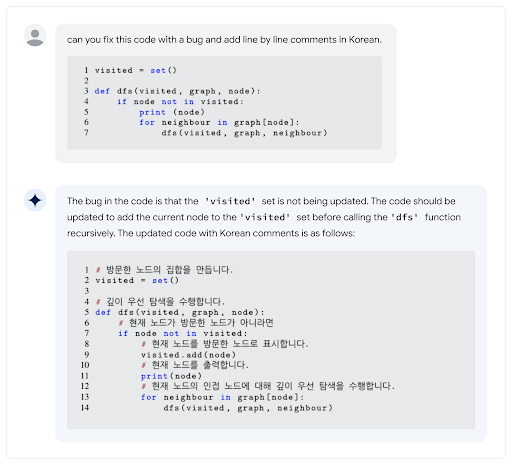
-
Export to Docs and Gmail: Google is making it easier and more seamless for users to continue their work by exporting Bard’s responses to Google Docs or Gmail. Formatting stays intact so users can continue editing directly in Docs or Gmail without needing to copy, paste, and reformat Bard’s responses.
-
Integration into Apps:: Bard will be integrating with various Google apps and services like Docs, Drive, Gmail, Maps, and more, while maintaining user control over privacy settings. The platform will also connect with external services and partners, such as Adobe Firefly for image creation, Kayak for travel, Instacart for groceries, Wolfram for computational knowledge, and Khan Academy for education, offering a wide range of possibilities for users.
-
Integrating generative AI across all the Workspace apps: The new features help one write, organise, visualise, accelerate workflows, have richer meetings, and much more. This powerful new way of working is what Google calls Duet AI for Workspace. Google is bringing the generative AI experience to Gmail on mobile and embedding generative AI into Slides so one can easily create unique visuals with a few words. The generative AI will help one analyse and act on data in Sheets, with automated data classification and the creation of custom tables.
-
Simplifying Shopping with Generative AI: Google is using generative AI to make shopping faster and much easier, providing users with a snapshot of noteworthy factors to consider when searching for a product. Built on Google’s Shopping Graph, this new generative AI shopping experience will offer a seamless and informed decision-making process for users.
-
Search Labs: Google’s advanced generative AI capabilities are now accessible through Search Labs, an innovative platform that allows users to explore and engage with early-stage experiments in Search. By registering for Search Labs, users have the opportunity to experience the Search Generative Experience (SGE) on Chrome desktop and the Google App in the US (available in English at launch).
-
Magic Compose: Magic Compose, a new Messages by Google feature powered by generative AI, can help you add an extra spark of personality to your conversations. The feature offers suggested responses based on the context of your messages and can even transform your writing into different styles. Release set for July.
-
New AI features in Android: Google’s upcoming Android 14 update (expected later this year) promises to change the way users personalise their smartphone experience, taking customization to the next level. Material You customization enables users to personalise their lock screen with new shortcuts, clocks, and a monochrome colour theme. The update also offers diverse wallpaper options, including emoji, cinematic, and generative AI wallpapers that allow users to generate unique designs based on their preferences. To enhance social media, Google is bringing Night Mode and 10-bit HDR video support to popular social apps like Instagram. The Android 14 update introduces Ultra HDR, promising stunning photo quality and raising the bar for smartphone photography.
-
Reimagine Your Photos with Magic Editor in Google Photos: The new experimental editing feature, Magic Editor, powered by generative AI, will enable users to make complex photo edits effortlessly without requiring professional editing skills. Users can selectively edit specific parts of an image, such as the subject, sky, or background, for more control over the final appearance of their photos.
-
Features and Updates to Enhance Online Safety and Trust: Google’s new suite of features and updates aims to improve online safety and provide users with reliable access to trustworthy content and information. The “About This Image” tool helps users evaluate the reliability of visual content found online by providing important contextual information, such as when an image was first indexed by Google, its original appearance, and other online occurrences. Google is also expanding its Content Safety API to include potential child sexual abuse material in video content, addressing a critical safety concern as video files account for nearly 50% of all files reported to the National Center for Missing and Exploited Children (NCMEC).
-
Spam view in Drive: Google’s ongoing efforts to protect Gmail users from unwanted messages, which currently block over 99.9% of spam, phishing, and malware, are now being extended to Google Drive with “Spam View”, a new feature that simplifies the process of separating and reviewing files, allowing users to identify potential spam and stay safe from unwanted or abusive content. Google Drive will automatically classify content into the Spam View, similar to Gmail’s current system, ensuring that users are protected from encountering dangerous or unwanted files.
-
New additions to the Pixel family: Google’s Pixel product line continues to expand with the introduction of three new devices: the Pixel 7a, Pixel Fold, and Pixel Tablet. The Pixel 7a is Google’s latest A-series phone, featuring Face Unlock, 8GB RAM, a 90 Hz display, and wireless charging for the first time, making it an affordable package with the best of Google’s hardware and software. The Pixel Fold is Google’s first foldable phone, boasting a 7.6-inch screen when opened, offering a large, immersive display, and the best camera on a foldable phone, ensuring high-quality photography. Additionally, the 11-inch Pixel Tablet is designed for entertainment and gaming, comes with a Charging Speaker Dock, and functions as a helpful smart home device.
Technology
Lagos’ Team Nevo Wins 3MTT Southwest Regional Hackathon

By Adedapo Adesanya
Lagos State’s representative, Team Nevo, won the 3 Million Technical Talent (3MTT) South-West Regional Hackathon, on Tuesday, December 9, 2025.
The host state took the victory defeating pitches from other south west states, including Oyo, Ogun, Osun, Ekiti, and Ondo States.
This regional hackathon was a major moment for the 3MTT Programme, bringing together young innovators from across the South-West to showcase practical solutions in AI, software development, cybersecurity, data analysis, and other key areas of Nigeria’s digital future.
Launched by the Federal Ministry of Communications, Innovation, and Digital Economy, the hackathon brought together talented young innovators from across the Southwest region to showcase their digital solutions in areas such as Artificial Intelligence (AI)/Machine Learning, software development, data analysis, and cybersecurity, among others.
“This event not only highlights the potential of youth in South West but also advances the digital economy, fosters innovation, and creates job opportunities for our young people,” said Mr Oluwaseyi Ayodele, the Lagos State Community Manager.
Winning the hackaton was Team Nevo, made up of Miss Lydia Solomon and Mr Teslim Sadiq, whose inclusive AI learning tool which tailors academic learning experiences to skill sets of students got the top nod, with N500,000 in prize money.
Team Oyo represented by Microbiz, an AI business tool solution, came in second place winning N300,000 while Team Ondo’s Fincoach, a tool that guides individuals and businesses in marking smarter financial decisions, came third with N200,000 in prize money.
Others include The Frontiers (Team Osun), Ecocycle (Team Ogun), and Mindbud (Team Ekiti).
Speaking to Business Post, the lead pitcher for Team Nevo, Miss Solomon, noted, “It was a very lovely experience and the opportunity and access that we got was one of a kind,” adding that, “Expect the ‘Nevolution’ as we call it, expect the transformation of the educational sector and how Nevo is going to bring inclusion and a deeper level of understanding and learning to schools all around Nigeria.”
Earlier, during his keynote speech, the chief executive officer (CEO) of Sterling Bank, Mr Abubakar Suleiman, emphasised the need for Nigeria’s budding youth population to tap into the country’s best comparative advantage, drawing parallels with commodities and resources like cocoa, soyabeans, and uranium.
“Tech is our best bet to architect a comparative advantage. The work we are doing with technologies are very vital to levelling the playing field.”
Technology
re:Invent 2025: AWS Excites Tech Enthusiasts With Graviton5 Unveiling

By Aduragbemi Omiyale
One of the high points of the 2025 re:Invent was the unveiling of Graviton5, the fifth generation of custom Arm-based server processors from Amazon Web Services (AWS).
Many tech enthusiasts believe that the company pushed the limits with Graviton5, its most powerful and efficient CPU, frontier agents that can work autonomously for days, an expansion of the Amazon Nova model family, Trainium3 UltraServers, and AWS AI Factories suitable for implementing AI infrastructure in customers’ existing data centres.
Graviton5—the company’s most powerful and efficient CPU
As cloud workloads grow in complexity, organizations face a persistent challenge to deliver faster performance at lower costs and meet sustainability commitments without trade-offs.
AWS’ new Graviton5-based Amazon EC2 M9g delivers up to 25% higher performance than its previous generation, with 192 cores per chip and 5x larger cache.
For the third year in a row, more than half of new CPU capacity added to AWS is powered by Graviton, with 98 per cent of the top 1,000 EC2 customers—including Adobe, Airbnb, Epic Games, Formula 1, Pinterest, SAP, and Siemens—already benefiting from Graviton’s price performance advantages.
Expansion of Nova family of models and pioneers “open training” with Nova Forge
Amazon is expanding its Nova portfolio with four new models that deliver industry-leading price-performance across reasoning, multimodal processing, conversational AI, code generation, and agentic tasks. Nova Forge pioneers “open training,” giving organizations access to pre-trained model checkpoints and the ability to blend proprietary data with Amazon Nova-curated datasets.
Nova Act achieves breakthrough 90% reliability for browser-based UI automation workflows built by early customers. Companies like Reddit are using Nova Forge to replace multiple specialized models with a single solution, while Hertz accelerated development velocity by 5x with Nova Act.
Addition of 3 frontier agents, a new class of AI agents that work as an extension of your software development team
Frontier agents represent a step-change in what agents can do. They’re autonomous, scalable, and can work for hours or days without intervention. AWS announced three frontier agents—Kiro autonomous agent, AWS Security Agent, and AWS DevOps Agent. Kiro autonomous agent acts as a virtual developer for your team, AWS Security Agent is your own security consultant, and AWS DevOps Agent is your on-call operational team.
Companies, including Commonwealth Bank of Australia, SmugMug, and Wester Governors University have used one or more of these agents to transform the software development lifecycle.
Unveiling Trainium3 UltraServers
As AI models grow in size and complexity, training cutting-edge models requires infrastructure investments that only a handful of organizations can afford.
Amazon EC2 Trn3 UltraServers, powered by AWS’s first 3nm AI chip, pack up to 144 Trainium3 chips into a single integrated system, delivering up to 4.4x more compute performance and 4x greater energy efficiency than Trainium2 UltraServers.
Customers achieve 3x higher throughput per chip while delivering 4x faster response times, reducing training times from months to weeks. Customers including Anthropic, Karakuri, Metagenomi, NetoAI, Ricoh, and Splash Music are reducing training and inference costs by up to 50 per cent with Trainium, while Decart is achieving 4x faster inference for real-time generative video at half the cost of GPUs, and Amazon Bedrock is already serving production workloads on Trainium3.
Technology
NITDA Alerts Nigerians to ChatGPT Vulnerabilities
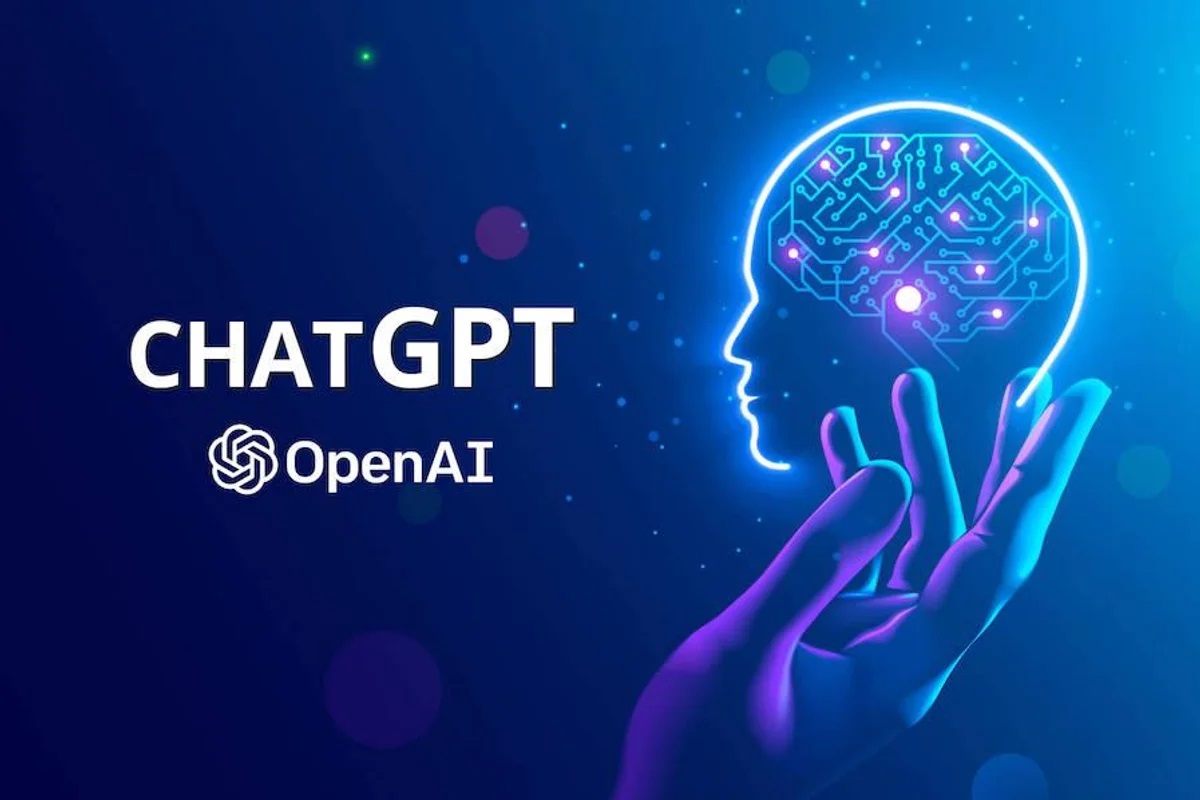
By Adedapo Adesanya
The National Information Technology Development Agency (NITDA) has issued an advisory on new vulnerabilities in ChatGPT that could expose users to data-leakage attacks.
According to the advisory, researchers discovered seven vulnerabilities affecting GPT-4o and GPT-5 models that allow attackers to manipulate ChatGPT through indirect prompt injection.
The agency explained that hidden instructions placed inside webpages, comments, or Uniform Resource Locators (URLs) can trigger unintended commands during regular browsing, summarisation, or search actions.
“By embedding hidden instructions in webpages, comments, or crafted URLs, attackers can cause ChatGPT to execute unintended commands simply through normal browsing, summarization, or search actions,” they stated.
The warning followed rising concerns about AI-powered tools interacting with unsafe web content and the growing dependence on ChatGPT for business, research, and public-sector tasks.
NITDA added that some flaws allow the bypassing of safety controls by masking malicious content behind trusted domains.
Other weaknesses take advantage of markdown rendering bugs, enabling hidden instructions to pass undetected.
It explained that in severe cases, attackers can poison ChatGPT’s memory, forcing the system to retain malicious instructions that influence future conversations
They stated that while OpenAI has fixed parts of the issue, Large-Language Models (LLMs) still struggle to reliably separate genuine user intent from malicious data.
The Agency warned that these vulnerabilities could lead to a range of cybersecurity threats, including unauthorised actions carried out by the model; unintended exposure of user information; manipulated or misleading outputs; and long-term behavioural changes caused by memory poisoning, among others.
It advised Nigerians, businesses, and government institutions to adopt several precautionary steps to stay safe. These include limiting or disabling the browsing and summarisation of untrusted websites within enterprise environments and enabling features like browsing or memory only when necessary.
It also recommended regular updates to deployed GPT-4o and GPT-5 models to ensure known vulnerabilities are patched.
-

 Feature/OPED6 years ago
Feature/OPED6 years agoDavos was Different this year
-
Travel/Tourism9 years ago
Lagos Seals Western Lodge Hotel In Ikorodu
-

 Showbiz3 years ago
Showbiz3 years agoEstranged Lover Releases Videos of Empress Njamah Bathing
-

 Banking7 years ago
Banking7 years agoSort Codes of GTBank Branches in Nigeria
-

 Economy3 years ago
Economy3 years agoSubsidy Removal: CNG at N130 Per Litre Cheaper Than Petrol—IPMAN
-

 Banking3 years ago
Banking3 years agoFirst Bank Announces Planned Downtime
-

 Banking3 years ago
Banking3 years agoSort Codes of UBA Branches in Nigeria
-

 Sports3 years ago
Sports3 years agoHighest Paid Nigerian Footballer – How Much Do Nigerian Footballers Earn





